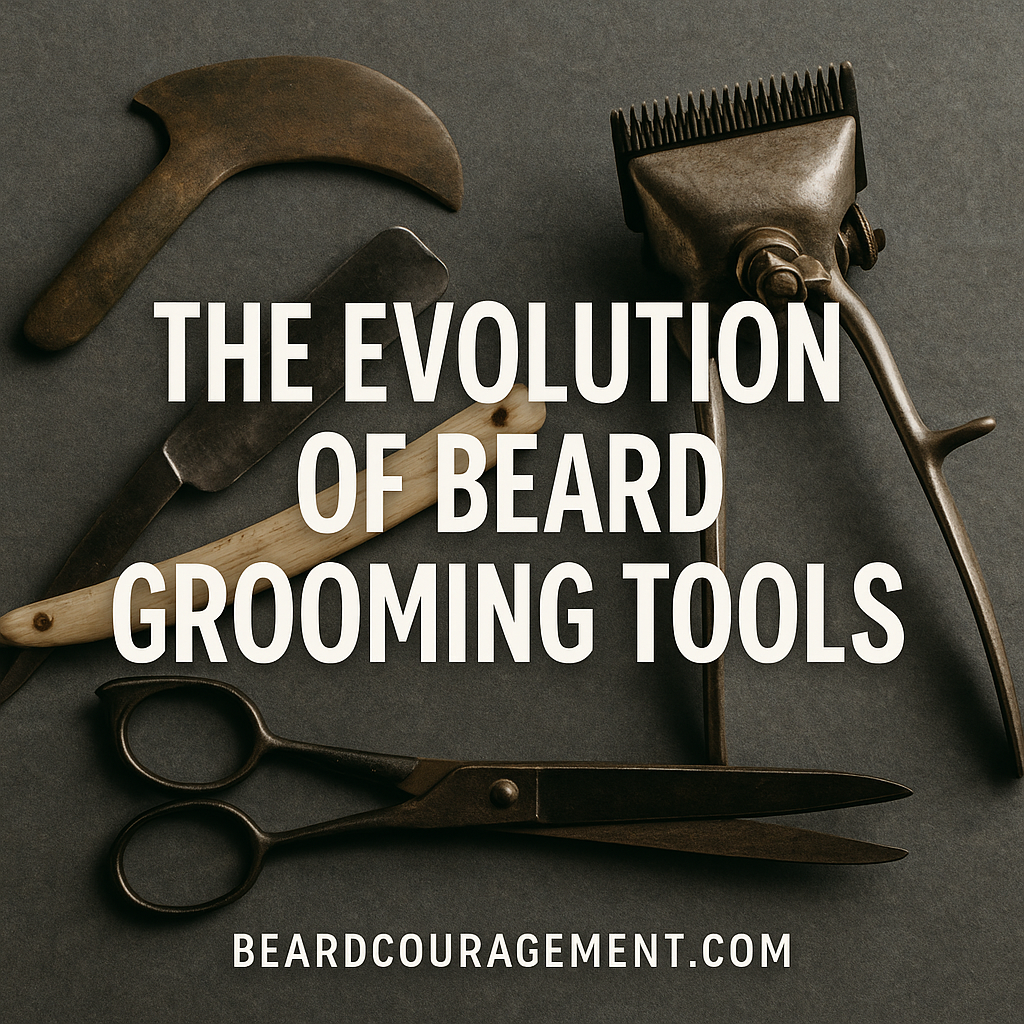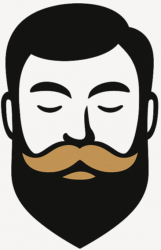
From ancient blades to sleek electric trimmers, the way men care for their beards has evolved as much as the styles themselves. Beard grooming tools have always reflected the times—balancing practicality, technology, and self-expression. Understanding how these tools have changed gives us a fascinating glimpse into how grooming became an art form rather than a daily chore.
From Shells and Bronze to Straight Razors
In the earliest days of grooming, men didn’t have razors in tidy bathroom drawers. Archaeological finds reveal that early civilizations used sharpened shells, flint stones, and even shark teeth to trim or scrape facial hair. By the Bronze Age, the development of metal brought a revolution—bronze and copper blades allowed for more precision and control.
The ancient Egyptians, known for their meticulous appearance, often shaved completely using copper razors, associating smooth skin with cleanliness and high status. Meanwhile, Mesopotamian men used tools to shape their beards into intricate curls, a sign of masculinity and wisdom. These primitive grooming devices laid the groundwork for the tools we still rely on today.
The Birth of the Barber
By the time of the Roman Empire, grooming had become a social ritual. Barbershops—then called tonstrinae—were bustling community spaces where men discussed politics and philosophy while being shaved with iron razors and sharpened knives. The straight razor became the hero of the grooming world, and its design would remain largely unchanged for centuries.
During the Middle Ages, barbers doubled as surgeons, often performing bloodletting and dental work alongside beard trims. Their iconic red-and-white pole, still seen today, symbolized the bandages and blood associated with their dual profession. For centuries, a man’s relationship with his barber was personal and essential.
Industrial Innovations and Safety First
The 19th century introduced a series of innovations that transformed grooming from a professional service into something men could do at home. The invention of the safety razor, patented by King C. Gillette in the early 1900s, was a turning point. Suddenly, shaving was safer, cheaper, and far more convenient.
With disposable blades and easy handling, men could maintain their facial hair daily without visiting a barber. This democratization of grooming changed cultural norms—clean-shaven faces became the standard of modernity and professionalism during much of the 20th century.
Electric Power and Precision
The 1930s saw another leap forward: the first electric shavers. Companies like Schick and Remington introduced battery-powered devices that brought speed and consistency to shaving routines. These gadgets marked the beginning of the modern grooming industry—efficient, accessible, and tailored to personal comfort.
As decades passed, the electric trimmer evolved into a multitool. Adjustable guards, rechargeable batteries, and precision attachments gave men control over their facial styles—from the classic five o’clock shadow to the full Viking beard. Grooming was no longer just maintenance; it was customization.
The Rise of the Beard Boom
After years of dominance by the clean-shaven look, the late 20th and early 21st centuries saw a resurgence in facial hair culture. The “beard boom” brought back tools designed specifically for beards: wooden combs, boar bristle brushes, beard scissors, balms, and oils.
Brands began crafting products that celebrated texture and individuality rather than conformity. Trimmers became more ergonomic and cordless, with laser guides and precision blades. The modern man’s grooming kit might include a mix of timeless tools—a classic straight razor paired with a digital trimmer—bridging old traditions with new technology.
The Future of Beard Grooming Tools
Looking ahead, grooming technology is moving toward personalization and sustainability. Smart trimmers that track battery life and trimming patterns already exist, while eco-conscious brands are focusing on refillable oils and recyclable materials.
The essence of beard grooming hasn’t changed much—it’s still about confidence, care, and self-expression—but the tools continue to reflect the evolution of what it means to be a man in each era. From ancient stones to AI-powered precision, every shave and trim tells a story of innovation and identity.
Final Thoughts
The story of beard grooming tools is ultimately a story about self-expression through time. Each new invention—from the first sharp stones to precision-engineered trimmers—has shaped not only how men groom but how they see themselves. While the tools have become smarter and more refined, the motivation remains the same: to take pride in one’s appearance and the ritual of self-care. Whether you favor a full beard or a clean line, every stroke of the blade connects you to centuries of craftsmanship, culture, and personal identity.
